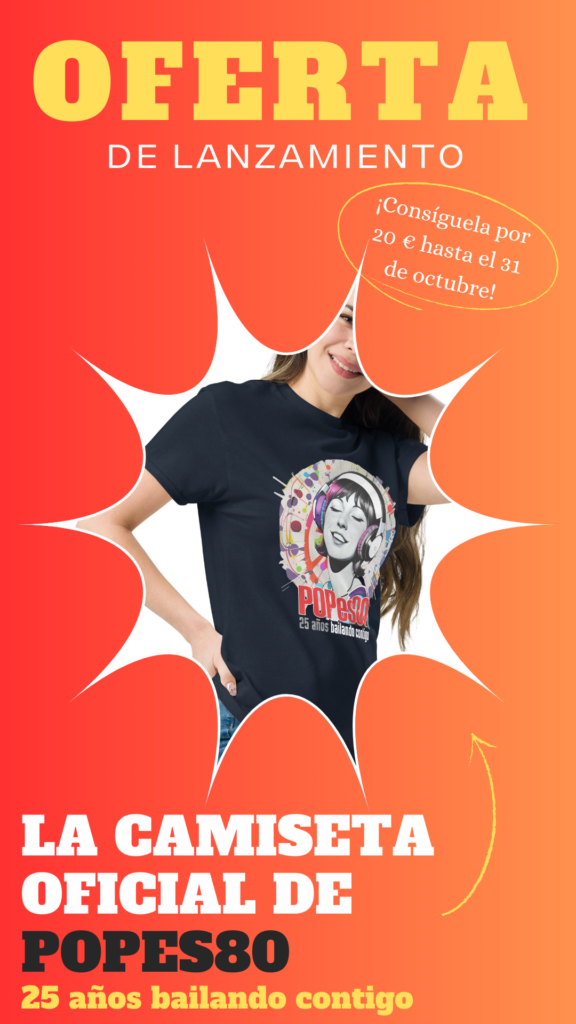TikTok + UGC: the new secret formula for success in Spanish pop
In recent years, the way artists connect with their audiences has changed dramatically thanks to the rise of user-generated content (UGC). Taking off in earnest on platforms like TikTok, this trend is altering the dynamics of the music industry, driving artists to go viral in a whole new way.
What is UGC and how has it transformed music marketing?
UGC refers to content created and shared by users themselves, without direct intervention from the brand or artist in the creation process. In the musical context, this implies that fans not only consume the music, but also actively participate in its promotion, creating videos, remixes, dance challenges, and related content that quickly goes viral. This form of interaction has been key in the growing popularity of artists such as Aitana, Leiva, Alfred García or Ana Mena on platforms such as TikTok, where users become an extension of the promotional strategy.
Through hashtags like #AitanaChallenge or #CamiChallenge, fans not only show their appreciation for music, but also contribute to the exponential growth of these artists’ visibility. In fact, the hashtag #TikTokMadeMeBuyIt has highlighted how users, rather than marketing departments, can be responsible for a song or product going viral.
The importance of authenticity and organic content
One of the big music trends of 2024 is the search for more authentic and less produced content. The music industry has traditionally been known for its polished and carefully planned productions, but in the era of TikTok and social media, fans prefer to see their artists unfiltered, showing their most human and genuine side. Instead of waiting for record labels or marketing teams to manage their image, Spanish pop artists, as has happened shortly before in the British and American markets, have begun to generate a more direct and real relationship with their fans, showing intimate moments of their lives, rehearsals and creative processes.
Aitana, for example, has managed to connect with her younger audience through TikTok, where she posts everything from essays to everyday anecdotes without a filter of perfection. This type of “raw” and unedited content is in line with the growing demand for authenticity on social media. The artist, one of the most sought-after artists of the moment, has managed to navigate this new digital environment, using UGC to build loyalty with her audience and attract new followers.
Something similar, although perhaps taken to the extreme, could be said of Iñigo Quintero's worldwide success, although the artist never had a marketing plan and his viral story was unexpected, as he himself explained.

Emerging artists and the connection with the public
Not only the big names in Spanish pop are taking advantage of this trend, but emerging artists are also cashing in on these platforms. Alfred García, known for his pop-rock style and for his time on “Operación Triunfo,” has managed to gain the trust of his followers on TikTok, where he shares behind-the-scenes content and snippets of his new songs, encouraging his fans to participate in trends on the platform. In this way, user-generated content not only becomes a promotional tool, but also a means to interact more closely with the public.
On the other hand, Leiva, one of the most established artists of Spanish pop, has experienced a resurgence on platforms such as TikTok, where his followers recreate iconic moments from his concerts or simply share their favorite songs by the artist. This type of interaction not only increases the singer's visibility, but also creates an active and committed community with his music, something that is crucial to staying relevant in the digital age.
The virality and its influence on the charts
The most fascinating thing about UGC in Spanish pop is its ability to generate virality organically. TikTok, in particular, has become the platform par excellence for a song to go viral. It is not uncommon to see a song reach the top positions on the charts due to a dance challenge or a meme related to the song. A recent example is the success of Lie to me by Maria Becerra and TINI, whose popularity on TikTok catapulted the song onto the Spotify charts.
Although this specific hit does not belong to Spanish pop in the strict sense, artists like Ana Mena have experienced a similar phenomenon in their country, with songs gaining popularity first on social media and then on streaming platforms.
The future of UGC in Spanish pop?
UGC doesn't seem to be a passing fad; rather, it's a trend that's here to stay.
Brands, including record labels, are already adapting to this new landscape, understanding that the key to connecting with younger audiences is to embrace authenticity and allow fans to become ambassadors for their products. In the case of Spanish pop, this is not only transforming the way artists promote themselves, but it is also changing the relationship between music and fans.
In this sense, UGC is paving the way for a new era in which music becomes more democratic, more accessible and more participatory. Fans are no longer just passive consumers; they are now active creators who have the power to make songs go viral, influence the success of artists and even decide which trends to follow. Thus, artists such as Aitana, Alfred García, Leiva, Ana Mena and many other stars of the moment are demonstrating how, in the digital era, music is lived and shared in a collective way, driven by the fans themselves.
This change is shaping the future of Spanish pop, a future in which music is no longer only promoted through traditional channels, but is nourished by the creativity and participation of everyone. And, most importantly, in this new digital ecosystem, authenticity is the factor that really makes the difference.



